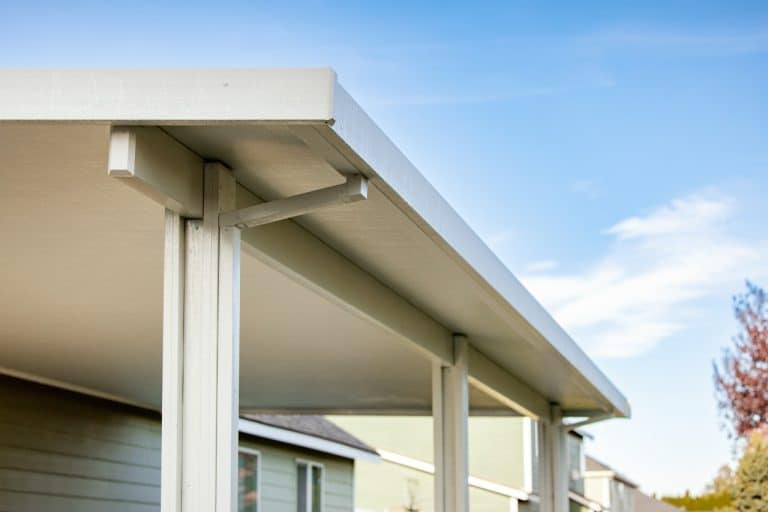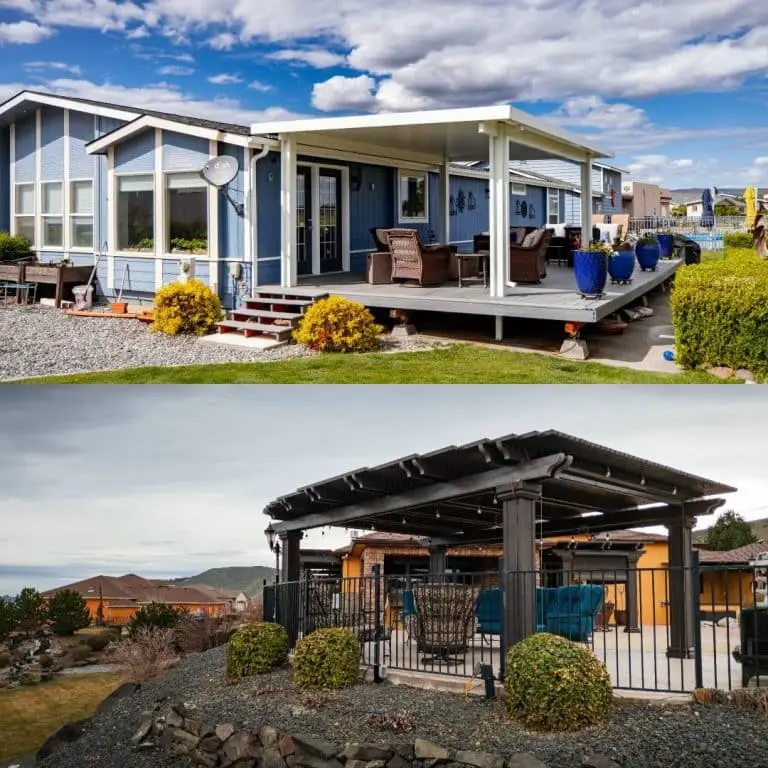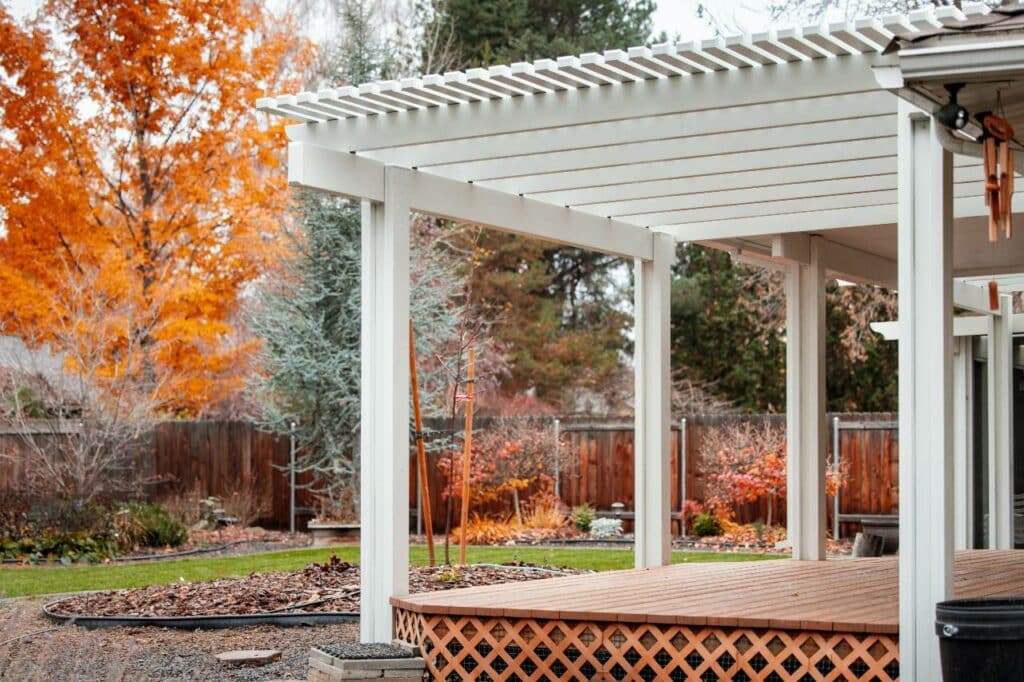Pergolas are a popular choice for many homeowners due to their simple and functional designs. They are an excellent addition to any garden or patio, providing shade, growing space, and an excellent area to entertain guests. However, as with any home project, there are various problems that can arise over time. One of the most common issues for structures such as pergolas is that they may start to wobble. While this problem may vary in severity, it is definitely something that needs to be addressed as quickly as possible. If you’ve noticed that you have a wobbly pergola, here are a few possible causes and their solutions:
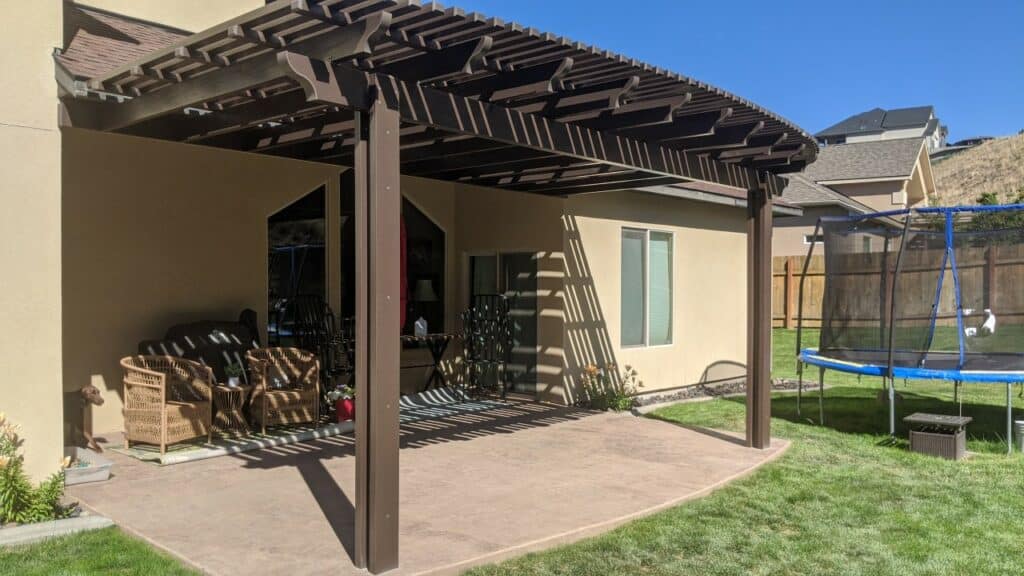
What Can Cause a Wobbly Pergola?
Due to the fact that pergolas come in a variety of forms, there are plenty of reasons why they may start to wobble, and some are simpler fixes than others. While some problems may be fixed or temporarily addressed by anyone with the proper tools, this is unfortunately not always the case. If you find that the problem runs deeper than the average homeowner is capable of handling, it is wise to get assistance from a professional pergola installer.
Your Pergola has the Wrong Building Material
One of the first things you should consider is the material the structure is made out of, as this can impact the stability differently. Pergolas are often made from wood, aluminum, metal, or vinyl, and different materials may be favored in specific areas due to weather constraints. While wood is one of the most popular materials for many outdoor projects, it is also fraught with the most complications. Over time, it may begin to crack, warp, split, chip, peel, chalk, or fade due to the constant UV and wind exposure, especially if the wood is not treated for outdoor use, which causes instability and may make the structure unsafe.
Your Pergola Sits on Uneven Ground
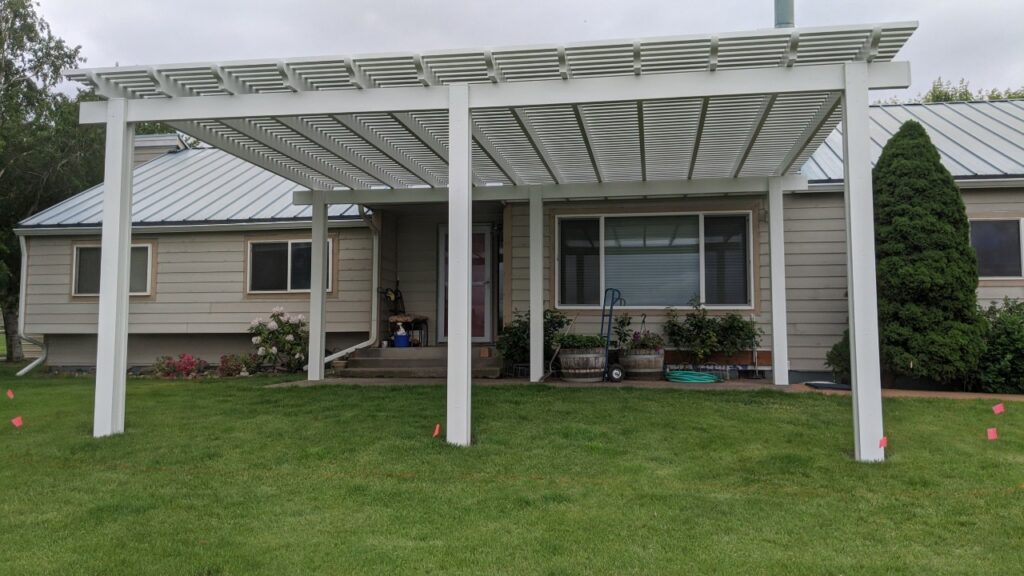
Easily one of the most overlooked wobbly pergola problems, especially for DIYers, is unlevel ground. When building any structure, it is critical to ensure that the site is level before starting any construction, as this will save you both time and money down the line. It is possible to build on sloped land; however, this needs to be taken into consideration when drawing up plans and buying materials.
Insufficient or Improper Anchors
Anchors are one of the more difficult-to-diagnose problems. Since they are located underground, they are not something you can check at a glance. Depending on the anchor type and the pergola’s height, you may need specialized digging tools to confirm their integrity. However, they are critical to keeping the structure secured. If you live in an area prone to high winds, it is vital to confirm that the anchors are sturdy to prevent any damage to the structure.
Poor Pergola Assembly
Luckily, this is one of the quickest fixes for a wobbly pergola. One of the simplest causes is poorly secured fasteners or brackets, which allow the beams to move and can make the frame unsteady. Another common issue is a lack of crossbeams. If you notice that the top of the pergola tends to move at a diagonal when it shifts, it may be missing some crucial supports.
Quick Fixes for a Wobbly Pergola

Once you are able to figure out what is causing your pergola to wobble, there are a few quick fixes to help reinforce the structure. Depending on the root cause, the fix may be something you can do yourself in only a few minutes. It may also be something that only a professional can repair. Either way, the safest bet is to consult a pro and make sure that your outdoor haven is as secure as possible. In the meantime, there are plenty of ways you can reinforce the structure.
Replace Damaged Pergola Sections
If you notice that the wood has in fact warped or perhaps the fasteners have rusted, the simplest solution is to replace those damaged parts. If a key structural component is damaged, do not try to remove it yourself, as it could cause the structure to collapse and may result in a trip to the hospital. Be sure to either have a friend help you or consult a professional before attempting the fix!
Properly Anchor the Pergola Structure
While this step requires the most specialized tool; while it is not impossible to do it yourself, we do recommend leaving it to a professional. There are a few different methods for laying an anchor, and they differ depending on the location of your pergola. Both freestanding and attached pergolas are most secure with a proper anchor to hold them in place. For repair, the person undertaking the task will need to dig around the posts and lay concrete depending on the base you choose. Adding this extra safeguard will save you in the long run, so it is always worth the extra effort.
Reinforce the Existing Pergola Structure

This could involve anything from tightening a few screws to adding an entirely new beam. Adding a crossbeam will help hold the posts in place and help distribute weight more effectively, preventing significant problems such as cave-ins. Adding brackets or corbels may also be worthwhile to provide even more support. Bear in mind that any large plants, such as wisteria, will add weight and weaken the structure over time, and by attaching reinforcements to the frame early on, you will avoid major headaches down the road.
When to Consult a Professional
Even if you have managed to stave off the worst of the damage, it is always a safe bet to involve a professional. The threat of a structure collapsing is never a risk worth taking, so having a trained eye to assist you is the best course of action. If you want to be positive your outdoor space is as safe as possible, Patio Covers Unlimited NW is more than happy to accommodate repairs, replacements, or installation. Get in touch today to consult a pergola professional and see how they can help!
